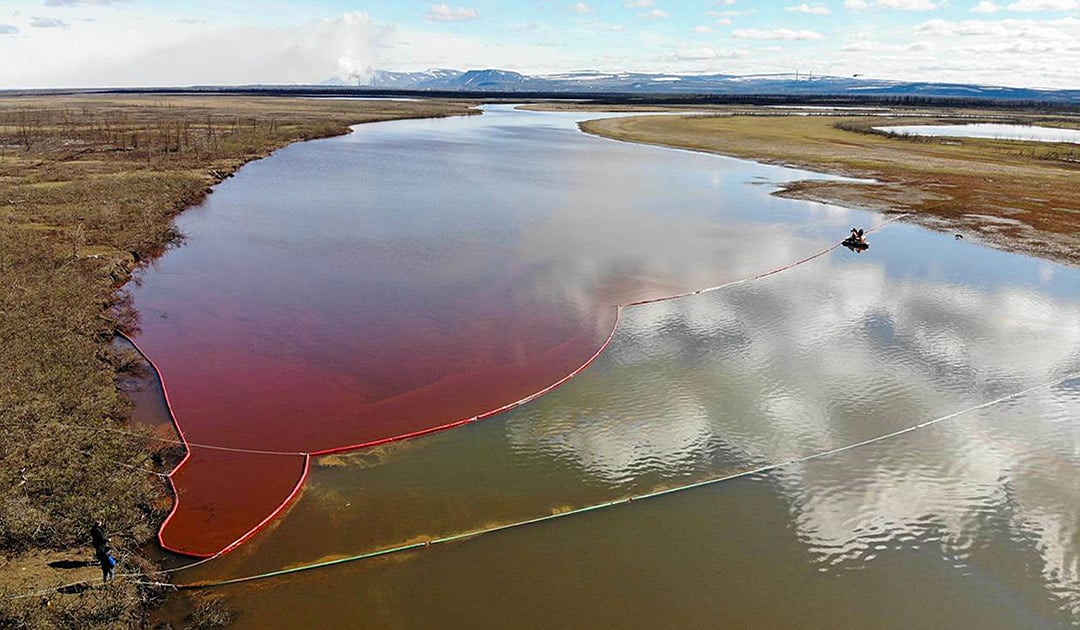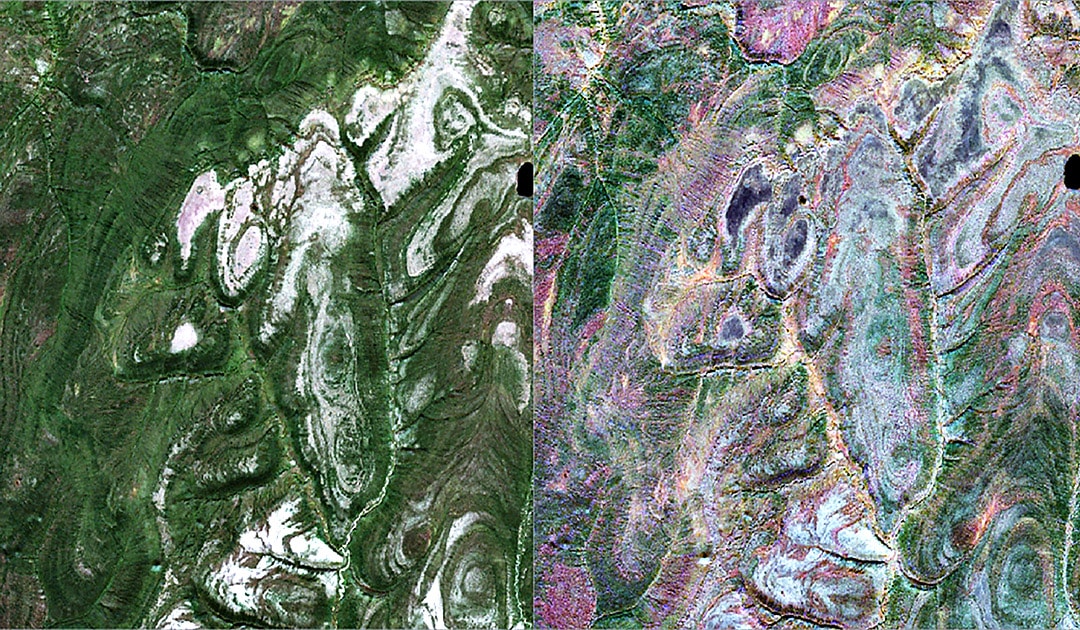
Spectacular news in the media usually follow accidents and incidents, such as the spill of 21,000 tonnes of diesel fuel in Norilsk in May 2020. Events that can avoid such disasters are not usually reported. Scientists at the RB RAS Institute of Geology and Mineralogy have now developed a method to prevent such accidents. These are new satellite methods that can be used to retrieve previously unavailable data. One of them, the method of radar interferometry, made it possible to prevent another oil spill near Norilsk in the summer of 2020.

Modern technologies have undergone major qualitative changes in recent decades. Satellites are constantly flying overhead, not only photographing the Earth, but often functioning as spectrometers that measure the surface of the planet. Spectrometers in specific ranges with different wavelengths can measure all kinds of properties. Then, scientists use this unique data to solve various problems.

Geologists from the Siberian division of SB RAS said their examination of satellite data collected immediately after the environmental disaster showed that a collapse of another fuel tank was imminent.
The scientists’ model showed that the tank exhibited similar signs to the ruptured one at Thermal Power Plant No. 3, which began to sink at a rate of 30 to 35 millimeters per year from August to September 2019 before finally breaking apart in May 2020.
“Once we understood the situation, we immediately conveyed our concerns to Nornickel, the owner of the facility. The cause of the disaster – the thawing of permafrost – slowly spread to another tank. As a result, action was taken,” said a scientist from the Siberian SB RAS branch.
“In fact, we prevented another accident,” he is further quoted as saying in an article on the news website “Science in Siberia” quoted .
Heiner Kubny, PolarJournal
More on the subject:





